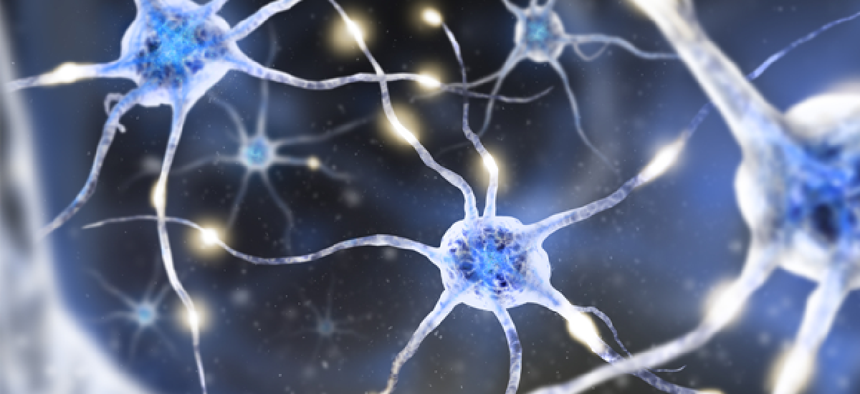Reverse-engineering the brain to improve machine learning


Connecting state and local government leaders
Researchers are working to decipher how the brain’s visual system processes information in hopes of advancing machine learning algorithms and computer vision.
Researchers are working to reverse-engineer how the brain’s visual system processes information in hopes of advancing machine learning algorithms and computer vision.
The Machine Intelligence from Cortical Networks (MICrONS) research program seeks to unlock the brain’s learning methods in an effort to make computers process information more like humans do. The five-year, $12 million research project funded by the Intelligence Advanced Research Projects Activity are will be led by Tai Sing Lee, professor in the computer science department at Carnegie Mellon University and the Center for the Neural Basis of Cognition.
The researchers will attempt to improve the performance of neural networks. Currently, man-made neural nets process information in one direction, from input nodes to output nodes. But the brain likely works in quite a different way, according to CMU officials. Neurons in the brain are highly interconnected, but what these connections are doing computationally is a mystery. Solving that mystery could enable the design of more capable neural nets.
Using molecular sensors to monitor neural activity, researchers can simultaneously track the neural dynamics within a brain region and produce a massive dataset that will provide a detailed picture of how neurons in one region of the visual cortex behave. With that database, plus others compiled by the project's collaborators, researchers can evaluate computational and learning models as they reverse-engineer the data to build computer algorithms for learning and pattern recognition.
“Extracting the brain’s secret algorithms in learning and inference from this massive amount of data to advance machine learning is extremely ambitious and might be the most uncertain part of this project,” said Andrew Moore, dean of CMU’s School of Computer Science.
“The hope is that this knowledge will lead to the development of a new generation of machine learning algorithms that will allow AI machines to learn without supervision and from a few examples, which are hallmarks of human intelligence,” Lee said.
NEXT STORY: Solving art history mysteries with open data




